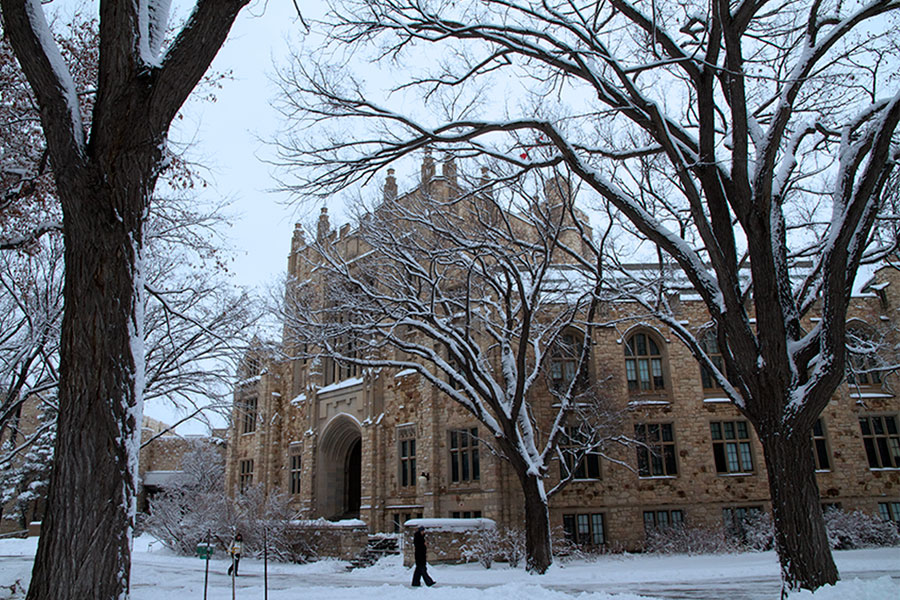Beating the winter blues
Winter doesn’t officially start for another three weeks, but you would never know that from looking out your window.
By University Communications Once classified as a mood disorder, winter depression is now listed in the Diagnostic and Statistical Manual of Mental Disorders as a seasonal major depressive disorder. Common symptoms include a lack of energy and focus, social withdrawal, increased appetite, and feelings of pessimism and hopelessness.
Once classified as a mood disorder, winter depression is now listed in the Diagnostic and Statistical Manual of Mental Disorders as a seasonal major depressive disorder. Common symptoms include a lack of energy and focus, social withdrawal, increased appetite, and feelings of pessimism and hopelessness.U of S experts Sara Liebman and Jason Weber spoke to Global Saskatoon earlier this week about the physical and emotional effects of seasonal depression. If you feel the winter blues coming on, try the following:
1. Get active. The outdoor options may be limited (no more golf) but, as Weber mentioned, there is lots to do indoors. Take the treadmill out of the closet or sweat it out at the gym. Recreation Services has many programs and classes, available to the campus community and broader public.
2. Eat healthy. Don't let the barrage of Christmas goodies throw you off course. Your metabolism (and waistline) will thank you in the end.
3. Watch your alcohol intake. Holidays spirits help us get into the holiday spirit, but too much can wreak havoc on a host of organs, including your liver, brain, heart and pancreas.
4. See the light. One cause of seasonal depression is reduced daylight during winter months. Consider purchasing a light therapy box, which is meant to mimic natural sunlight and elevate your mood. Light boxes also help manage your circadian rhythms, which may help you sleep better.
5. Talk about it. If you feel your winter blues might be something more, talk to your doctor who may have other strategies for dealing with it.

